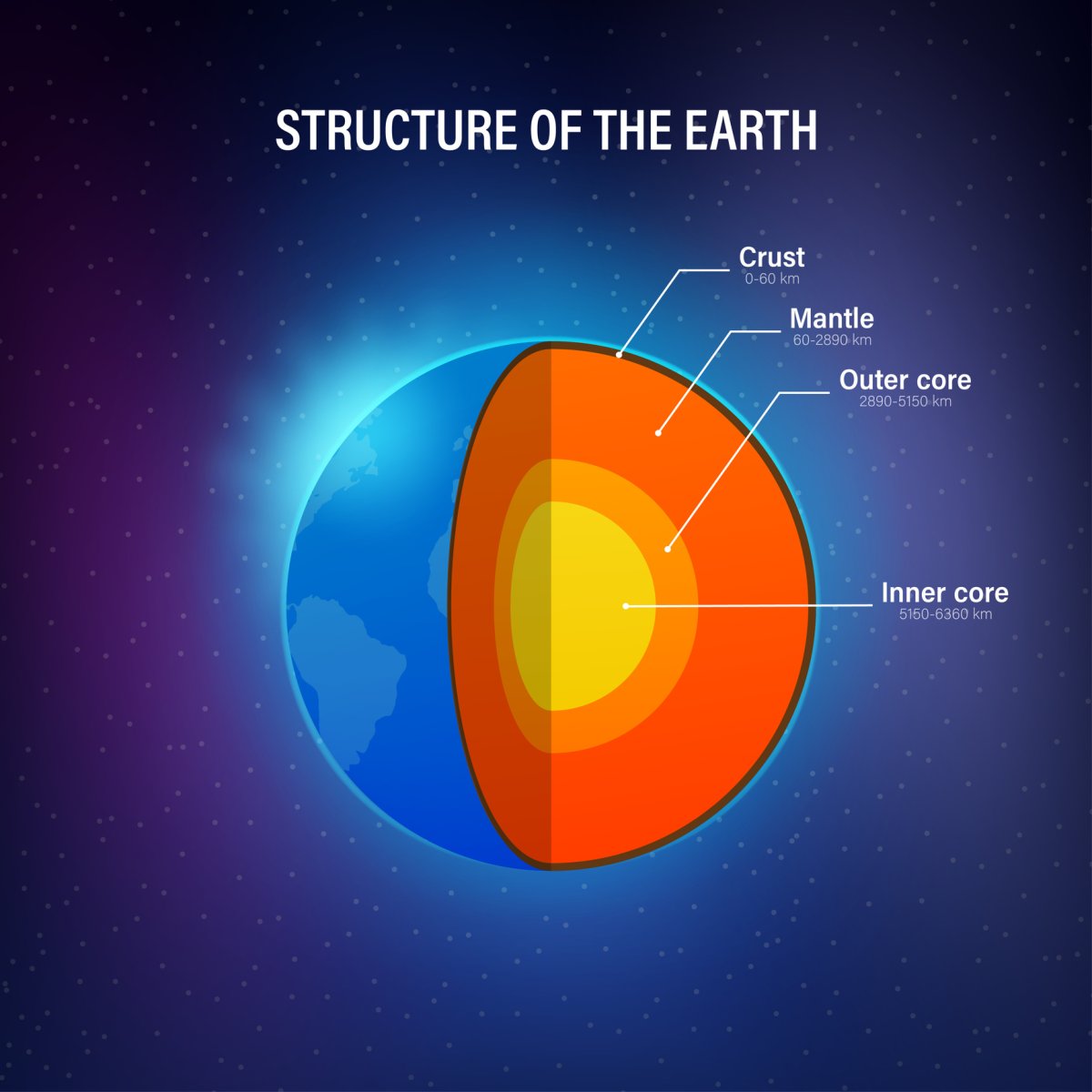Far below the Earth’s surface, thousands of kilometres beneath our feet, our planet’s core seems to be doing something a bit unusual.

The Earth’s inner core, an insanely hot iron ball roughly the size of Pluto, appears to have stopped spinning, and researchers say it might even be spinning the other way.
New research published Monday in the Nature Geoscience journal analyzed seismic waves from repeating earthquakes over the last six decades and concluded that the core’s rotation stopped around the year 2009 and then slowly restarted in the opposite direction.
And while it’s largely unknown what impacts these directional changes have above the Earth’s surface, the study’s researchers say they can see an established pattern in which the core, relative to the Earth’s surface, operates as a sort of swing, changing direction approximately every 70 years.
“We think that the core is, relative to the surface of the Earth, rotating in one direction and then the other, like a swing,” Xiaodong Song and Yi Yang, the study authors at Peking University in China, told AFP.
According to the researchers, the last rotation change before 2009 would have occurred in the early 1970s, and the next one will take place in the mid-2040s.
The Earth’s core is largely mysterious. Because of its extreme depth below the planet’s surface, it’s difficult to study.

However, the most recent data shows that parts of the core that previously showed signs of variation suddenly slowed down and showed very little change around 2009. Notable changes were also present in the early 1970s, suggesting that these pauses might be part of an oscillating core.
According to NASA, the liquid outer core that surrounds Earth’s inner core is responsible for our planet’s magnetic field. As the molten iron and nickel in the outer core move, electrical currents are established, resulting in said magnetic field. The outer core also allows the inner core to spin on its own, Nature explains.
This oscillation isn’t cause for much concern, the study’s authors say, and there are scientists who warn that there are “competing ideas” about what’s happening in the Earth’s core.

Get breaking National news
John Vidale, a professor of earth sciences at the University of Southern California that wasn’t involved in the study, points out that various studies have resulted in competing data and there’s no one theory that has been scientifically proven.
Yang and Song “identif(y) this recent 10-year period (that) has less activity than before, and I think that’s probably reliable,” Vidale told Science News, but said that beyond that, the research is contentious.
Last year, Vidale and a colleague reported findings that the inner core may reverse its rotation every three years or so, based on seismic waves from nuclear tests. And other researchers theorize that the core isn’t moving at all, but that the inner core has the ability to change shape.
The Peking University researchers claim in their paper that this oscillation “coincides with changes in several other geophysical observations,” such as the length of days, and changes to the Earth’s magnetic field.
“These observations provide evidence for dynamic interactions between the Earth’s layers, from the deepest interior to the surface, potentially due to gravitational coupling and the exchange of angular momentum from the core and mantle to the surface,” they write.
“We hope that our research motivates researchers to design and test models treating the Earth as an integrated dynamic system,” they explain.













Comments